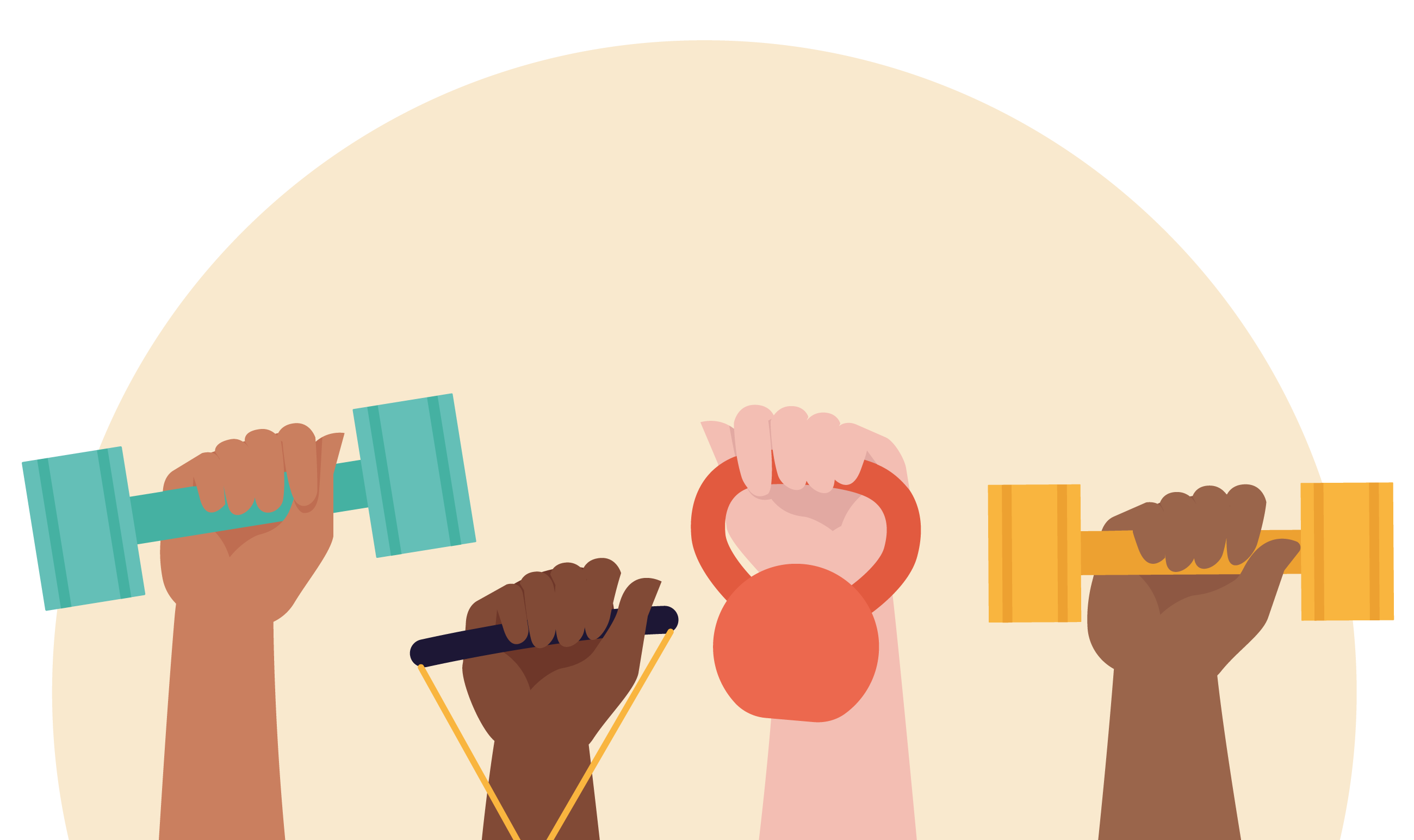The Australian Human Rights Institute held a webinar, ‘Analyzing Global COVID-19 statistics and national policies’ to present and assess gender-related statistics on COVID-19 and what they mean to health policy-makers. Lynda Keeru provides a summary of discussions among Rosemary Morgan (Johns Hopkins Bloomberg School of Public Health), Athens Pantazis (Global Health 50/50) and Sanne Peters (The George Institute for Global Health).
COVID-19 has unveiled substantial impacts in all sectors all around the world. The virus and its detrimental effects threaten to shove many into extreme poverty and reverse many gains made, especially in the health sector, with the most vulnerable set of groups to suffer the most. Data collected both from past pandemics and COVID-19 suggest that the women are among the most vulnerable and data driven policies need to be developed to cushion this affect.
Pandemics are not gender neutral. Different gender groups are uniquely impacted. Unfortunately, though, global policies developed to respond to outbreaks are often gender neutral and responses continuously fail to include gender analysis. Past pandemics have for instance revealed that women suffer an increase in economic insecurity, and this has been true for COVID-19 as well.
To this end, we need sex disaggregated data because historically, most medical research studies have been conducted in predominantly male populations. Regrettably, results from those studies were assumed to be equally relevant/applicable for women and increasing evidence suggests that this is not the case. For example, in the case of heart attacks, warning signs are often missed in women because their characteristics tend to differ from those experienced by men. Unarguably, access and quality of care offered is not the same for men and women.
Data by Global Health 50/50 from earlier on in the pandemic demonstrate that in virtually all countries, more men died than women. Studies have been conducted to establish the lower COVID-19 deaths among women and decipher why this is the case. There are quite a number of hypothesis, for example that hormones contribute to different female and male immunological responses. Women are generally known to have stronger immune systems and more likely to get autoimmunity. There’s also quite a distinction between the two genders’ health behaviour – women have fewer co-morbidities and consume less alcohol and tobacco especially in low- and middle-income countries. Women have also adhered to the COVID-19 guidelines such as social distancing and outbreak management regulations better than men.
However, COVID-19 measures have not been favourable to women; pushing the most vulnerable women and health care workers to even greater risks. Some of these measures have resulted to an increase in gender-based violence and reduced prevention and protection efforts, social services and care.
Women face higher risks of exposure to COVID-19 because they make up 70% of workers in the health and social sectors. They do three times as much informal, unpaid care work at home as men. A huge factor that has often been ignored is the fact that most Personal Protective Equipment (PPE) kits were not designed with women in mind as most of them are way bigger than the size of average women.
Countries should collate and disseminate COVID-19 data that is at the very least disaggregated by age and sex. Countries should build the capacity of national statistics offices by investing in them strengthening the processes of collecting, analyzing and disaggregating data. There must be a commitment by all countries to use this gender data to inform the development and implementation of evidence-based policies.
Epidemics hit people differently and we can’t treat everyone the same. We need to consider how the gendered aspects of epidemics can be minimized, for example through feminist recovery plans and policies before and during outbreaks.






